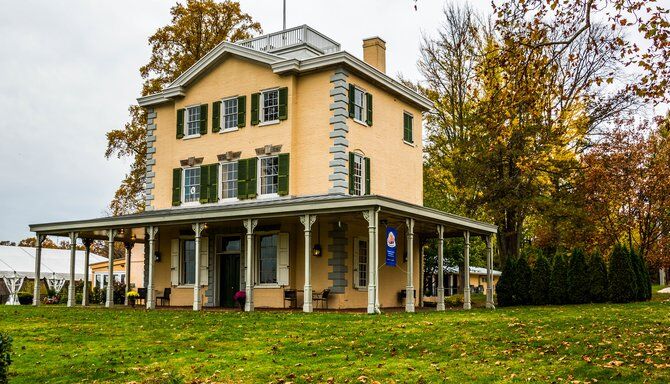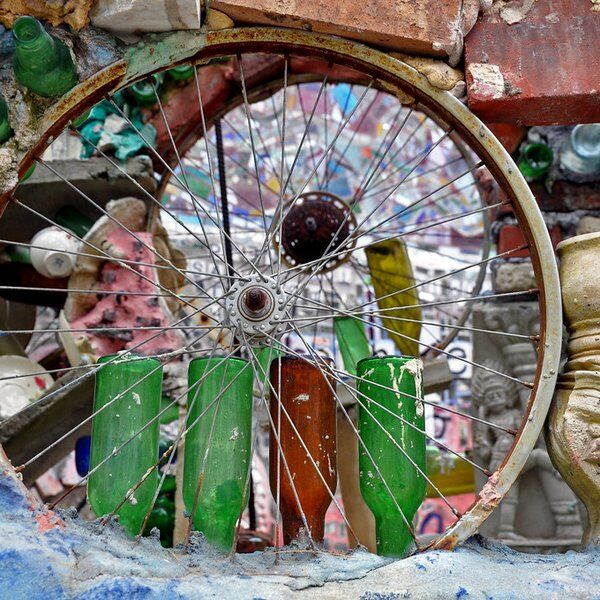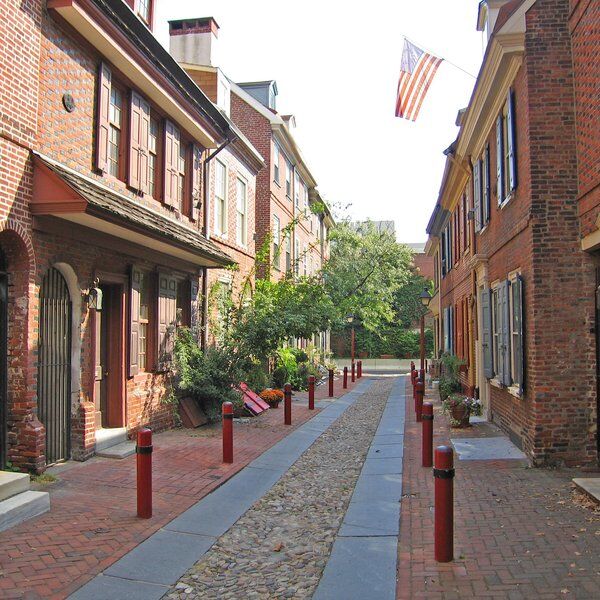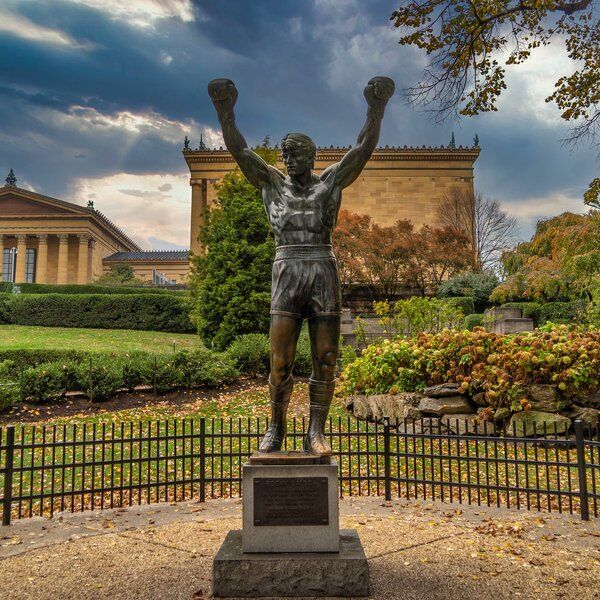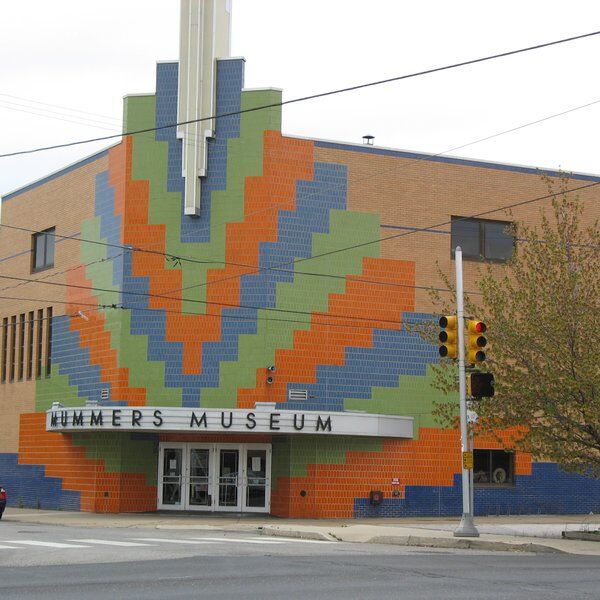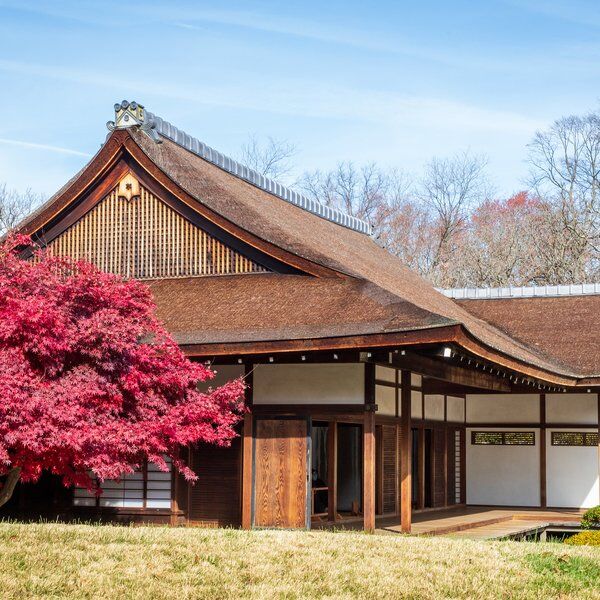Belmont Mansion and the Underground Railroad Museum
Philadelphia, with its history closely linked to the fight for freedom, is home to numerous landmarks that are important remnants of America's past. Among these, the Underground Railroad Museum, located in Fairmount Park, is a historic site that explores the resilience of freedom fighters.
Belmont Mansion was built in 1745 by William Peters, an English lawyer who managed land for the Penn family. Since 2007 it has been used to house the Underground Railroad Museum and promote a rich collection of historical artifacts, including signal quilts used to communicate safety and danger on the Underground Railroad, to its visitors.

The History of Belmont Mansion
Origins and the American Revolution
Belmont Mansion was designed in a Paladian style that mirrored the formal classical architecture of Ancient Greece and Rome, featuring symmetry and grandeur that allowed it to become one of the most fashionable estates of its time. Belmont originally functioned as a private residence.
However, during the American Revolution, Belmont Mansion became more than just a beautiful home—it was a gathering place for some of the era’s early abolitionists. These figures included George Washington, John Adams, Thomas Jefferson, and James Madison. This highlights Belmont’s social and political importance.
Providing Safety During the Abolition Movement
As the Revolutionary War gave way to the Civil War, Belmont Mansion’s role evolved from hosting key players in the political landscape, to becoming a safe haven for those escaping slavery. During this time, William’s son Richard Peters, often referred to as Judge Peters, came to inherit Belmont. He was a fervent abolitionist and the first non-Quaker member of the Pennsylvania Society for the Abolition of Slavery.
Despite the dangers, Richard’s commitment to fighting against slavery led him to use Belmont Mansion as a safe house for runaway slaves. The mansion’s strategic location near the Philadelphia and Columbian Railroad, allowed it to serve as a stop on the Underground Railroad, a clandestine network of safe houses, churches, and farms that offered sanctuary to enslaved African Americans fleeing the South. The tracks were intentionally designed to slow down near the mansion, giving slaves the chance to jump from the train and take refuge within its walls.
Once at Belmont, these enslaved individuals were hidden in the mansion’s attic and cellar before being safely moved further north, contributing to the larger movement that eventually led to the abolition of slavery in the United States.
Read more about the Underground Railroad here: National Underground Railroad Freedom Center | CityDays.
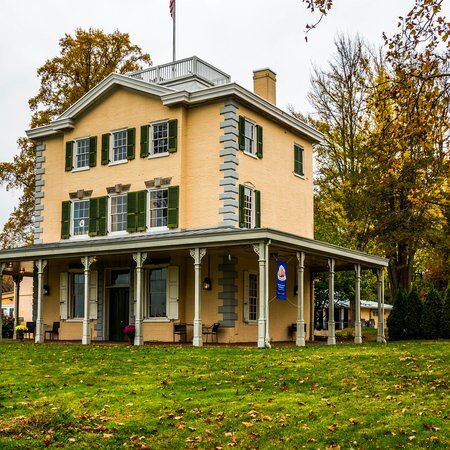
Transformation into the Underground Railroad Museum
By the late 19th century, the Belmont Mansion, like many historic properties, faced the threat of disrepair and demolition. It wasn’t until the late 1980s that the American Women’s Heritage Society, a minority women’s organization, and the Fairmount Park Historic Preservation Trust stepped in to preserve the mansion. Their efforts not only saved the mansion but also established it as the Underground Railroad Museum in 2007.
Inside the Underground Railroad Museum
Today, visitors to the Belmont Mansion Underground Railroad Museum can explore a range of exhibits with details on the history of the Underground Railroad and the role Belmont Mansion played in this clandestine network.
One of the most popular exhibits is a collection of signal quilts, which were used to communicate safety and danger to those traveling on the Underground Railroad. These quilts, like a form of Morse Code, with their intricate patterns and hidden messages, provide a fascinating glimpse into the resourcefulness and creativity of those who used the Underground Railroad.
In addition to the quilts, the museum offers a video introduction in the orientation room, housed in the original Boelsen Cottage, which was once a tavern. The mansion galleries depict the pivotal role the Peters family played in the abolitionist movement, showcasing artifacts, documents, and personal stories that highlight their commitment to justice and equality.
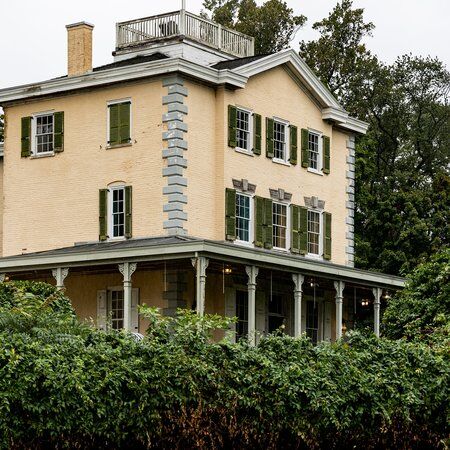
Belmont Mansion in Fairmount Park
Belmont Mansion is not only a historical landmark but also a cherished part of Fairmount Park, one of Philadelphia’s largest and most beloved parks. The property became part of the park in 1869, a move designed to protect the city’s water supply.
In the years that followed, the mansion became a venue for public events, such as the 1876 Centennial Exhibition, where groundbreaking inventions like Alexander Graham Bell’s telephone and Thomas Edison’s phonograph were unveiled. By 1956, it was added to the Philadelphia Register of Historic Places.
Today, visitors to the Underground Railroad Museum can journey through the park, enjoying views of the Philadelphia skyline, as well as the mansion’s beautifully preserved architecture and gardens. The site is also available for special events and rentals, making it a popular destination for weddings, corporate events, and other gatherings.
For more information about the Penn family at Fairmount Park, click here: Lemon Hill Mansion | CityDays.
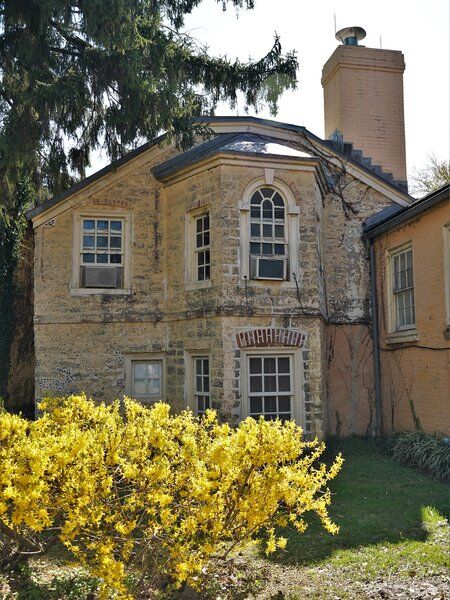
Visiting the Underground Railroad Museum
The Belmont Mansion Underground Railroad Museum is open to the public year-round, with tickets available for adults at $7 and children and seniors at $5. It is easily accessible and offers a rich historical experience for visitors of all ages.
Self-guided tours that recount the harrowing stories of escape and the courageous individuals who risked everything for liberty, are also available at the museum. The mansion is also a short walk from the Please Touch Museum, and nearby attractions include the Philadelphia Zoo, Mann Music Center, and Shofuso Japanese House and Gardens.
Explore Beyond the Underground Railroad Museum with CityDays
While the Underground Railroad Museum offers a profound glimpse into America’s history, your exploration of Philadelphia doesn’t have to end there. With CityDays, you can embark on exciting scavenger and treasure hunt tours that take you through the city’s historic neighborhoods and landmarks.
These interactive tours are perfect for team-building exercises, offering a fun and engaging way to learn more about Philadelphia’s history and culture. And CityDays’ tours are not just limited to Philadelphia—they’re available in cities around the world, making them a great option for corporate events, family outings, and group adventures.
